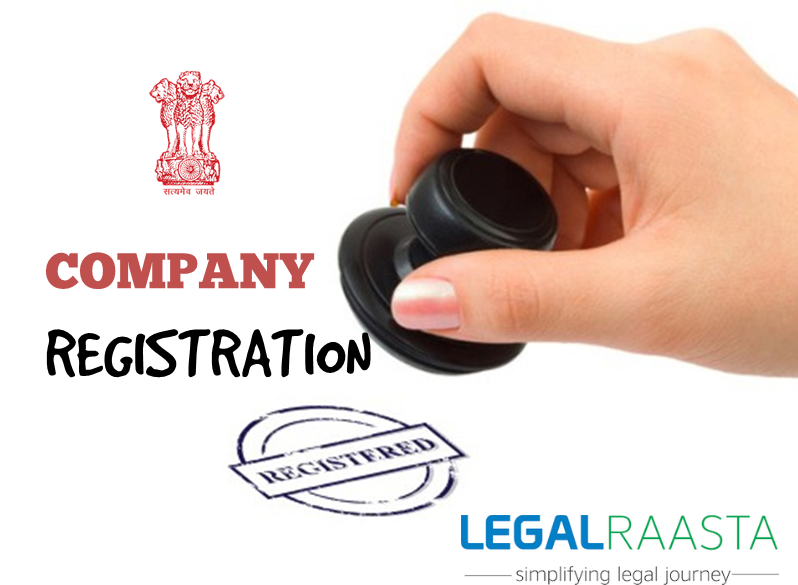Incorporation of Wholly Owned Subsidiary Company in India
Another useful term which is really very important in the world of shares. This important term is A “Wholly Owned Subsidiary Company”
Before moving further, it is necessary to know about its definition. Basically, if there is an entity of which 100 percent shares are held by another company. for example, if there is ‘A’ Pvt. Ltd. The company having shares that hold 100 shares of another Pvt. Ltd. that is ‘B’, then in this case, ‘B’ Pvt. Ltd. Becomes a wholly owned subsidiary company of ‘A’ Pvt. Ltd.
If we talk about the relation between India and the foreign company, then another term comes into play, that is Foreign Company.
Well, It can be defined as a company that is incorporated outside India (that is in a foreign country) is called Foreign Company. For eg, in the above example, ‘A’ Pvt. Ltd. In U.S.A. is a foreign company.
When an entity which is incorporated outside India (that is foreign country), makes 100% FDI in India, the Indian company incorporated for this purpose is said to be wholly owned subsidiary of that foreign entity.
There are more exemptions which can be claimed by a private limited company under the Indian Companies Act,1956 previously an now the companies act, 2013, hence most of the companies prefer to form a wholly owned subsidiary private limited company.
Read: Exemptions Private Limited Companies
Some Key Features of WOS: –
1:) WOS is regulated by Indian Law that is, Companies Act,1956.
2:) All types of business activities are permitted such as manufacturing, marketing and servicing industry.
3:) It is treated as the domestic company under Indian Tax Laws and is eligible for all exemptions, deductions benefits as are applicable to any other Indian Company.
Step-by-Step formation of a Wholly Owned Subsidiary Company in India:-
Step 1-) Director Identification Number (DIN):
a:) 2 Passport size photograph and passport.
b:) Address Proof-driving license, electricity bill, telephone bill or bank account statement.
c:) Affidavit (A specimen of such Affidavit is given).
d:) Educational Qualification.
e:) Present Occupation.
f:) If the proposed director is in a foreign country then all documents must be posted by home country.
g:) The form DIN-1 will be filed and should be attested by a Chartered Accountant or a Company Secretary.
Step 2-) Digital Signature:
a:) Digital Signature of any one director is needed.
b:) The form of the digital signature should be attested by a CA or a CS.
Step 3-)
a:) Applicant needs to apply in form 1A with the registrar of companies in which the company is to be incorporated.
b:) Either CA or CS can attest the new approval for which they charge a fee of Rs 1000/-.
c:) After the approval of name, we move on next step in which registration of the company is done.
Step 4-) Registration of the Company:
a:) Time to submit the required documents with the memorandum and articles of associations of the proposed company.
b:) Now, Memorandum is to be stamped and-and stamping fee of the memorandum is 15% of the authorized capital of the company which is to be registered.
c:) After the payment of ROC fees and stamp duty, ROC verifies the documents filed. Form INC-22 and DIR-12 are approved through the straight process, (STP) and verify from INC-7 in detail.
In case, any changes suggested by ROC will have to be made accordingly.
d:) Once ROC is satisfied, Certificate of Incorporation is sent through email.
Conclusion:-
Well, wholly owned subsidiary company in India by Foreign company is only possible where 100%FDI is permitted and no prior approval of Reserve Bank of India is registered.
Under Automatic route, FDI is allowed without the prior approval of Govt. And Reserve Bank of India.
It has the following minimum requirements: –
1:) Minimum two directors.
2:) Minimum two stakeholders.
3:) Minimum paid up to a capital of Rs 1 lakh.










